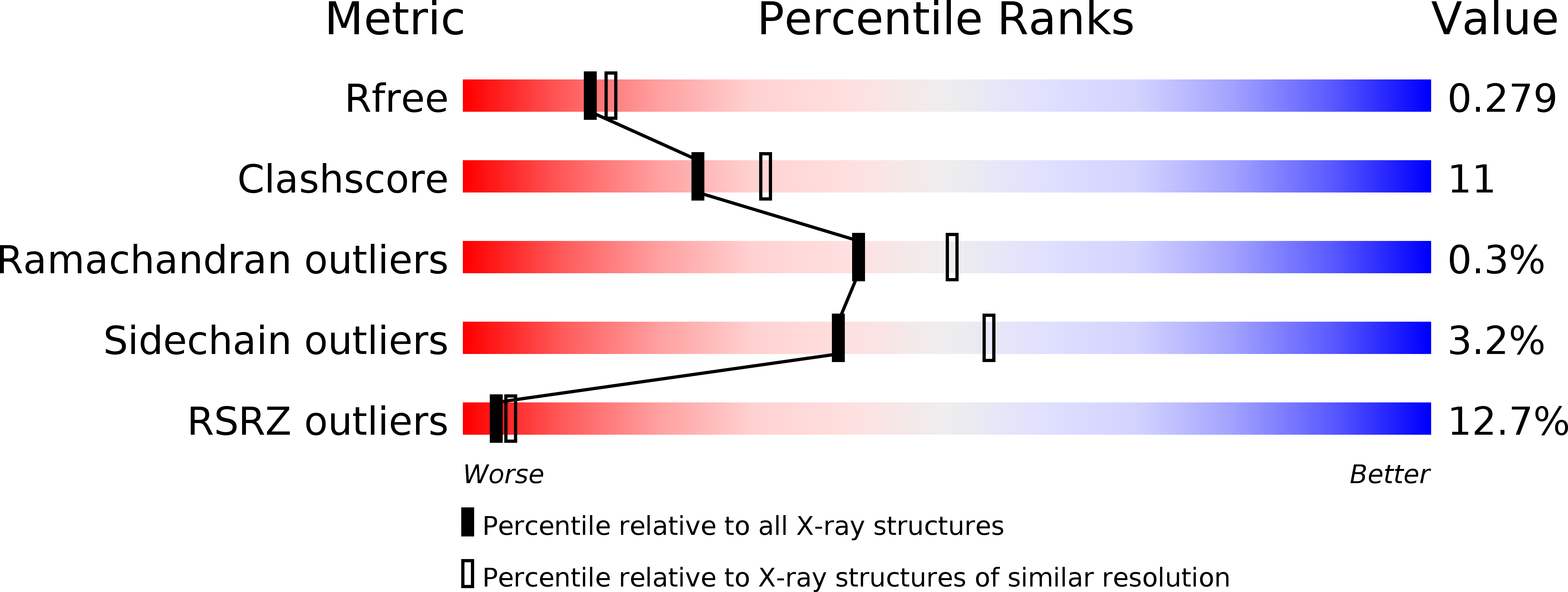
Deposition Date
2008-09-25
Release Date
2008-12-30
Last Version Date
2024-11-20
Entry Detail
PDB ID:
3ENS
Keywords:
Title:
Crystal structure of human FXA in complex with methyl (2Z)-3-[(3-chloro-1H-indol-7-yl)amino]-2-cyano-3-{[(3S)-2-oxo-1-(2-oxo-2-pyrrolidin-1-ylethyl)azepan-3-yl]amino}acrylate
Biological Source:
Source Organism:
Homo sapiens (Taxon ID: 9606)
Method Details:
Experimental Method:
Resolution:
2.30 Å
R-Value Free:
0.28
R-Value Work:
0.22
R-Value Observed:
0.22
Space Group:
P 1 21 1


